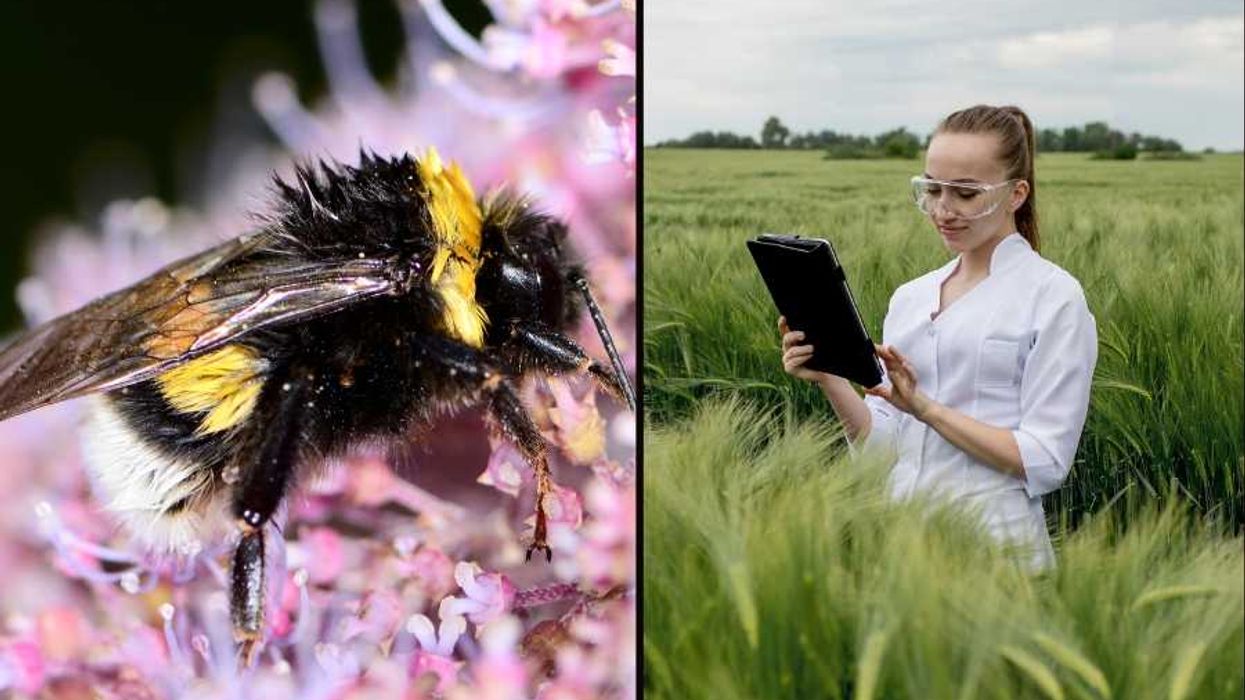In 2007, the nonprofit Solar Electric Light Fund began helping women’s collectives in the west African nation of Benin water their vegetable gardens using solar power. The system they used was simple enough: solar-powered water pumps, paired with drip irrigation. Each of these two technologies have been shown to improve the lives of people living in poverty, off the grid. But few people had ever tried combining them.
“Neither of them were particularly innovative in their own right, but bringing them together truly was,” says Bob Freling, SELF’s executive director. “I found precious few examples of solar drip irrigation. Frankly, it was puzzling, because it seemed like a perfect fit.”
This technological innovation means the women’s collectives can keep producing crops during the region’s six-month dry season, provide greater food security to their families, and start thinking about sending their kids to school. It also could help communities survive and adapt to climate change. The project is now expanding: At least eight more villages in Benin will start using the solar irrigation systems.
Drip irrigation delivers water directly to plant roots, increasing crop yields and using 40 to 80 percent less water than traditional irrigation systems. It’s particularly well suited for dry places, like the semi-arid Sahel region of which Benin is part. But it also requires power inputs, which can be hard to come by in off-the-grid communities. When SELF began working on the project, one of the pioneers of drip irrigation, Dov Pasternak, was working to spread the irrigation technology across west Africa. Pasternak had designed a vegetable garden that used diesel generators to pump water into the irrigation system, but Freling says “That was going to be a non-starter for us.”
Although Pasternak was skeptical of the affordability and longevity of solar systems, he agreed to work with SELF, and soon, Freling says, became "a die-hard believer in solar." The system installed in the pilot villages pumps water into a holding tank from a surface stream in one and from an underground source in the other. Gravity pulls the water to the plants, a mix of vegetables like tomatoes, carrots, okra, and cabbage. Because it’s powered by the sun, the system self-regulates: more water goes to the plants when it’s sunny, which is when they’re most thirsty.
Since the beginning of the pilot program, SELF has worked with researchers at Stanford’s Center for Food Security and the Environment to monitor the impacts of the program on the communities using the irrigation systems. The women involved the project document their plantings, their haul from the gardens, the portion they feed to their families, and the portion they sell. Already, the women report that they’re better able to provide for their families: Women growing vegetables with the technology fed their families 3 to 5 more servings of vegetables each day during the project's first year. The women in the project use the extra income to buy staples for their families, and the community as a whole benefits from the increased availability of vegetables during the dry seasons.
While SELF installs solar irrigation systems in additional villages, monitoring of the pilot villages will continue to measure the long-term impacts of the project. “Are people actually able to make longer term investments? Beyond that initial boost, are they on a path to growth and reinvestment that could be long lasting?” says Jennifer Burney, a postdoctoral fellow at the University of California at San Diego who is affiliated with the Stanford food security center.
The pilot is the first step in a larger vision of bringing solar power to households, clinics, schools and business centers in the district. SELF started with the gardens, because the local communities said that was where their need was greatest. But some day, solar power could electrify the entire district of Kalalé—44 villages with a total population of more than 100,000 people. While the garden project has shown short-term impacts, it could help improve communities' resilience to climate change in the long run. The same agricultural problems that faced these villages to begin with—poor yields and infrequent rains—will likely get worse in the decades to come. The solar irrigation systems not only keep down emissions while encouraging development, they provide the tools to tackle climate challenges they could face in the future.
Photo courtesy of SELF
















 Otis knew before they did.
Otis knew before they did.